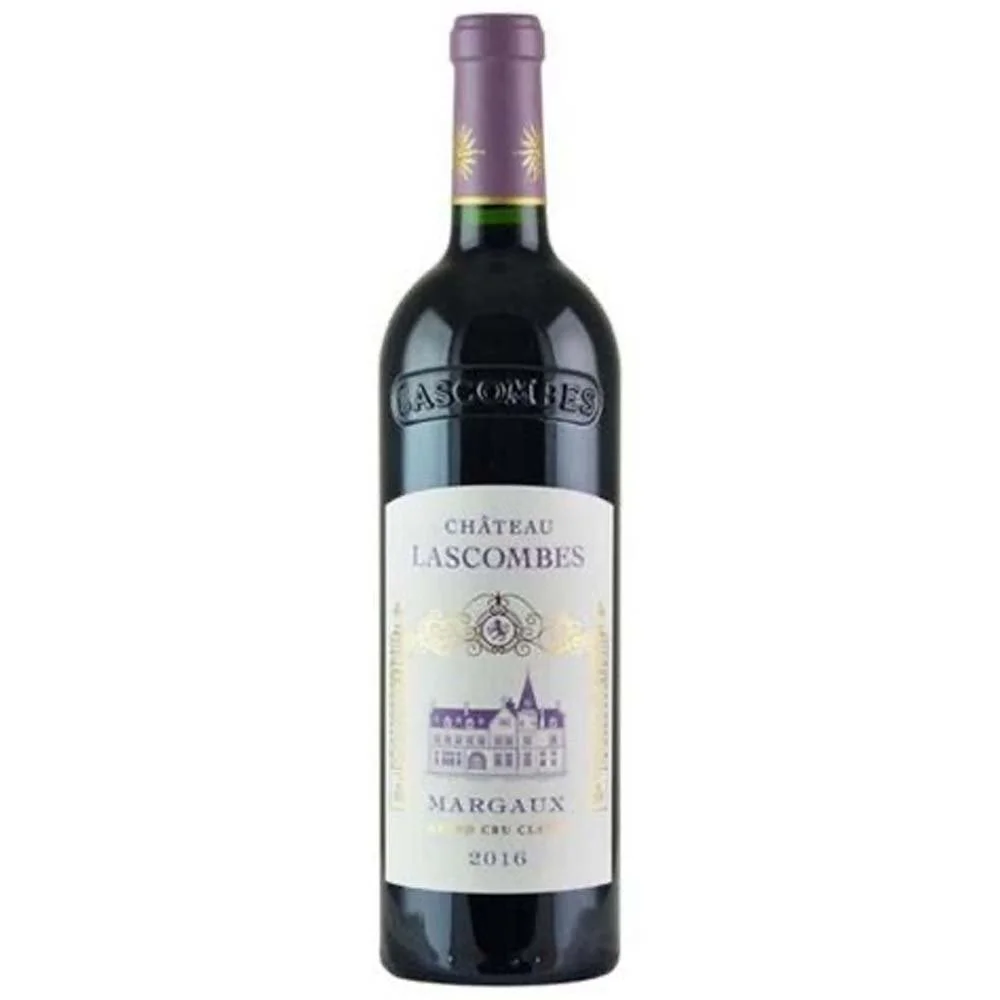BORDEAUX
The Gold Standard of Blended Wines
Bordeaux is one of the most iconic wine regions in the world, renowned for its structured red blends, refined whites, and complex dessert wines. With a deep winemaking history and clearly defined subregions, Bordeaux sets the standard for balance, longevity, and terroir-driven expression.
Key Characteristics
Most Bordeaux wines are dry and structured, blending multiple grapes to achieve harmony. Red Bordeaux is known for its firm tannins and earthy elegance, while white Bordeaux is crisp and citrusy, sometimes with texture from oak aging.
Style
Still, red and white
Body
Medium to full
Acidity
Medium to high
Primary Grapes
Red: Merlot, Cabernet Sauvignon, Cabernet Franc
White: Sauvignon Blanc, Sémillon, Muscadelle
Typical Flavors
Red: Blackcurrant, plum, cedar, tobacco, graphite
White: Lemon, grapefruit, peach, herbs, toast
Origin & History
Located in southwestern France, Bordeaux has been producing wine since Roman times, but its reputation soared in the 17th and 18th centuries through trade with England and the Netherlands. The 1855 Classification of top châteaux cemented its prestige, especially on the Left Bank. Today, Bordeaux remains a global reference point for quality, tradition, and cellar-worthy wines.
How It’s Made
Red Bordeaux is almost always a blend, vinified separately by grape and plot, then aged in oak barrels (often 12–18 months). Whites may be fermented in steel or oak, with some undergoing lees aging for texture. Dessert wines like Sauternes are made from botrytized grapes, delivering luscious sweetness and acidity.
Notable Regions
Bordeaux is split by the Gironde estuary into Left and Right Banks, each with its own hallmark styles.
Left Bank
Médoc & Graves
Cabernet Sauvignon–dominant blends, known for structure and longevity (e.g., Pauillac, Margaux)
Right Bank
Saint-Émilion & Pomerol
Merlot-driven wines with plush texture and early approachability
Entre-Deux-Mers
Fresh, citrusy white wines often from Sauvignon Blanc blends
Sauternes & Barsac
Home to some of the world’s finest dessert wines, made from botrytized Sémillon
Food Pairings
Bordeaux wines pair naturally with classic, savory fare—red meats, earthy vegetables, and rich cheeses.
Appetizers
Charcuterie, pâté, lentil salad
Meats
Roast lamb, grilled ribeye, duck confit
Cheeses
Comté, aged cheddar, blue cheese
Desserts
For Sauternes
Crème brûlée, tarte tatin, foie gras with fig jam
How to Serve It
Glassware
Large red wine glass for reds, or standard white wine glass for whites
Temperature
Reds: 60–65°F (16–18°C)
Whites & Sauternes: 45–50°F (7–10°C)
Storage
Store bottles on their side in a cool, dark place; many reds are age-worthy and improve over time
Fun Fact
The name "Bordeaux" comes from "au bord de l'eau"—French for "along the water"—a nod to the region’s reliance on rivers for trade, terroir, and identity.
Recommended Producers
These houses exemplify the heritage, diversity, and craftsmanship of Bordeaux’s finest estates.
Chateau Canon
A Right Bank gem known for its finesse, precision, and age-worthy expressions of Saint-Émilion.
Chateau Ducru-Beaucaillou
A historic Saint-Julien estate producing wines of depth, elegance, and remarkable longevity.
Chateau Lascombes
A bold, modern voice in Margaux, marrying richness with supple structure and broad appeal.
Chateau Smith Haut-Lafitte
A standout in Pessac-Léognan, uniting innovation with tradition to craft complex, characterful wines.
Recommended Pours
Chateau Canon 2010 — A poised and powerful Saint-Émilion with refined tannins, vibrant fruit, and impressive aging potential.
Chateau Ducru Beaucaillou 1996 — A classic, cellar-worthy Saint-Julien showing mature cassis, graphite, and elegant structure.
Chateau Lascombes 2016 — A bold and modern Margaux, rich in dark fruit and spice, with polished tannins and a plush finish.
Chateau Smith Haut-Lafitte 2014 — A graceful Pessac-Léognan red balancing smoky minerality, ripe berries, and earthy depth.





